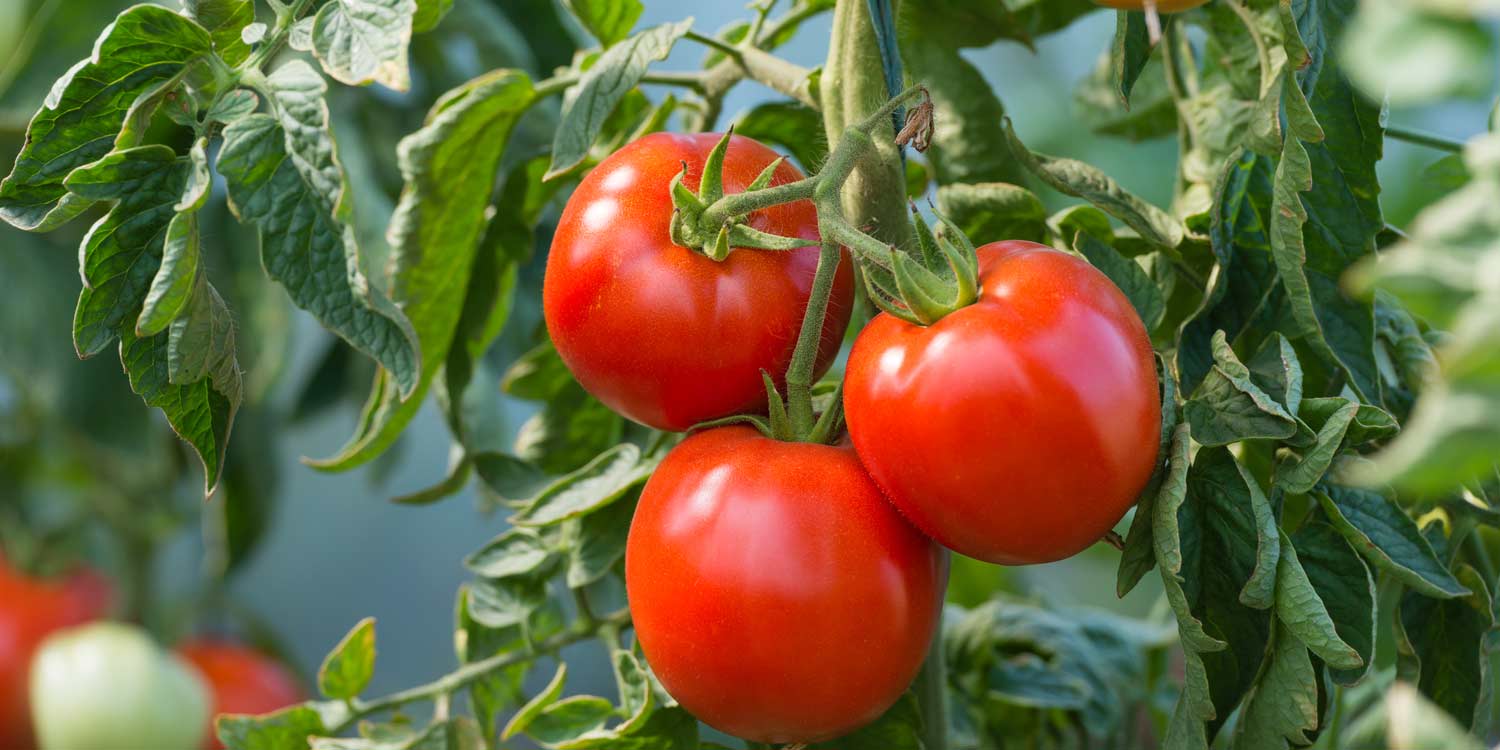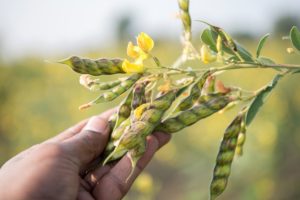Tomato blossoms – Very sensitive to the surrounding environment or when not fertilized well.
Blossom drop is a disorder found in tomatoes, but may also affect peppers, beans and other vegetables. The condition is not a disease or insect problem but caused by a combination of stresses which lead to improper pollination. Other stresses that lead to nutrient deficiency also plays a role.
The plant blooms but it drops its flowers. In blossom drop, the stems of the flowers (called the pedicle) turn yellow before the blooms fall off. Depending on the severity of the underlying stresses, some or all of the blooms fall off.
First line of control: – Ensure pollinating agents are present, especially for those who are doing greenhouse production.[vc_custom_heading text=”Causes” font_container=”tag:h4,text_align:left,color:%23ff6f00″ use_theme_fonts=”yes”]
Stress caused by Temperatures, Relative humidity or nutrition
Low Temperature
- Interfere with the growth of pollen tubes thus prevents normal fertilization.
- May render pollen sterile
- Night temperatures of above 13oC is required for at least 2 days for fruit set.
High Temperature
- Results in sticky pollen, altered viability and no pollination leading to blossom drying and fall off.
Relative Humidity
- Low RH interferes with pollen release. Under this condition, pollen is always dry and Cannot stick to stigma
At high RH, the pollen will not shed properly.
Lack of pollination
Flowers need to be pollinated within 52hours (2 days) or they will drop off. How can you aid pollination in tomato farm?
Over Fertilizing (Nitrogen)
- High nitrogen encourage growth and inhibit flower production and/or pollination- poor fruit set.
- Low nitrogen lead to the production of spindly vines with low food reserves that cannot support a crop.
Inadequate irrigation
Low/lack of water weaken the plant by causing stress while excessive water causes oxygen starvation in roots.
Insect damage or diseases
Fungal diseases leave plants stressed and fighting to survive; blossoms drop as the plant fights to overcome disease.
Pest like Thrips and mites also causes flower abortion. Thrips feeds on the lower surface of leaves, buds, flowers and fruits. Both larvae and adult feeds by piercing the plant tissue and sucking up the released plant juice. Heavy infestation causes flowers and buds abortion as well as cause cosmetic damage to the plant.
Heavy fruit set
The resulting fruits are all competing for the limited food. Once the initial crop is harvested, the problem should subside.[vc_custom_heading text=”Control/Management” font_container=”tag:h4,text_align:left,color:%23ff6f00″ use_theme_fonts=”yes”]
- Grow varieties suited for your climate.
- Ensure pollination: Either by insects, wind, or hand-shaking
- Use Balanced fertilizers: LAVENDER TOTAL
- Water Deeply during dry conditions.
- Keep tomato plant Healthy. Preventative application of Fungicides- TRINITY GOLD and ABSOLUTE. Effective control of pests – PENTAGON, LEXUS and PROFILE to control Thrips, Whiteflies and Aphids and ALONZE to control Red Spider Mites.






